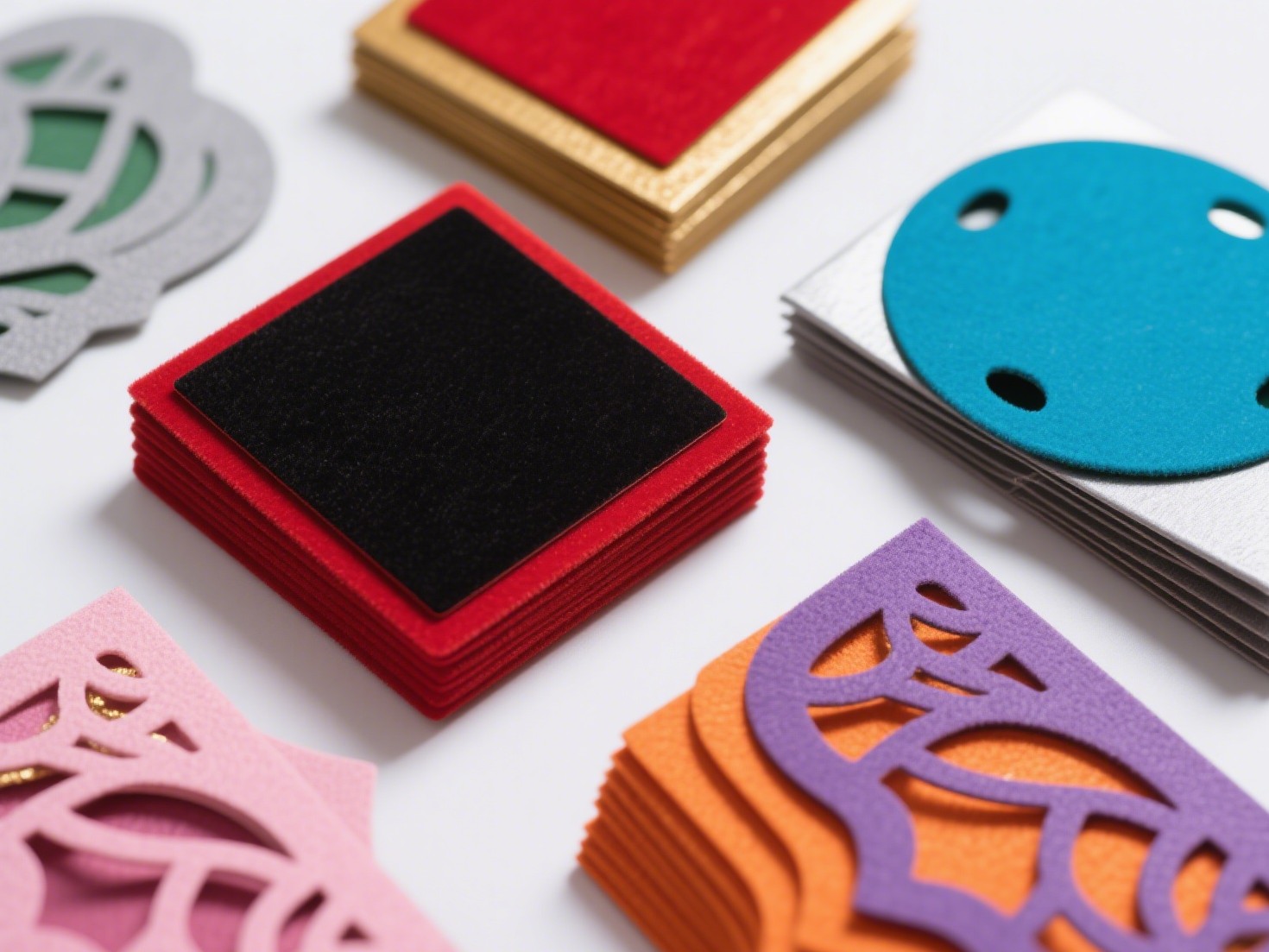Plywood, often overlooked as a mere construction material, has emerged as a versatile canvas for creative expression in interior design and DIY projects. Its unique texture, durability, and affordability make it an ideal choice for both professional designers and hobbyists. In this article, we will explore various innovative techniques to decorate plywood, transforming it into a stunning focal point in any space.
Understanding Plywood: A Foundation for Creativity
Before diving into decoration techniques, it’s essential to understand the characteristics of plywood. Composed of thin layers of wood veneer glued together, plywood offers strength and stability. Its surface can be smooth or textured, depending on the type of wood used, making it suitable for various decorative applications. The key to successful decoration lies in recognizing these properties and leveraging them to enhance the aesthetic appeal of your projects.
- Painting Techniques: From Solid Colors to Artistic Murals
One of the most straightforward ways to decorate plywood is through painting. Here are some advanced techniques to elevate your painting game:
- Base Coating: Start with a primer specifically designed for wood surfaces. This not only enhances paint adhesion but also prevents the wood from absorbing too much paint, which can lead to uneven finishes.
- Layering Colors: Use a technique called color washing, where diluted paint is applied over a base coat to create a translucent effect. This method allows the wood grain to show through, adding depth and character.
- Stenciling and Freehand Art: For a more personalized touch, consider stenciling intricate designs or creating freehand murals. Use high-quality acrylic paints and fine brushes for detailed work.
- Ombre Effects: Gradually blend two or more colors to create an ombre effect. This technique can add a modern flair to furniture pieces or wall panels.
- Texturing Techniques: Adding Dimension to Plywood
Texture can significantly enhance the visual interest of plywood. Here are some methods to consider:
- Wood Staining: Staining not only enhances the natural beauty of plywood but also allows you to customize the color. Choose from water-based or oil-based stains, and apply them with a brush or cloth for a rich finish.
- Decoupage: This technique involves gluing decorative paper or fabric onto the plywood surface. Use a decoupage medium to seal the edges and create a smooth finish. This is particularly effective for creating themed decor or personalized gifts.
- Burning Techniques: Known as shou sugi ban in Japanese culture, this method involves charring the surface of the plywood to create a unique texture and finish. After burning, the wood can be brushed to remove soot, revealing a striking contrast between the charred and unburned areas.
- Incorporating Mixed Media: Beyond Traditional Decoration
To truly stand out, consider incorporating mixed media into your plywood projects:
- Metal Accents: Attach metal pieces, such as sheets, rods, or decorative hardware, to create an industrial look. This juxtaposition of materials can add a contemporary edge to your design.
- Glass and Resin Inlays: For a more artistic approach, consider embedding glass shards or resin into the plywood. This technique can create stunning visual effects and add a layer of sophistication.
- Fabric Upholstery: Plywood can also serve as a base for upholstered furniture. Use foam and fabric to create comfortable seating options, while the plywood provides structural support.
- Finishing Touches: Sealing and Protecting Your Work
Once your plywood is decorated, it’s crucial to protect your work:
- Clear Coats: Apply a clear polyurethane or varnish to seal the surface. This not only enhances the color but also provides a protective barrier against moisture and wear.
- Maintenance: Regularly dust and clean your plywood surfaces to maintain their appearance. Avoid harsh chemicals that can damage the finish.
Conclusion: Unleashing Your Creativity with Plywood
Decorating plywood opens up a world of possibilities for both functional and artistic applications. By employing various techniques such as painting, texturing, and mixed media, you can transform this humble material into stunning works of art. Whether you’re looking to enhance your home decor or create unique furniture pieces, the only limit is your imagination. Embrace the versatility of plywood and let your creativity shine!


